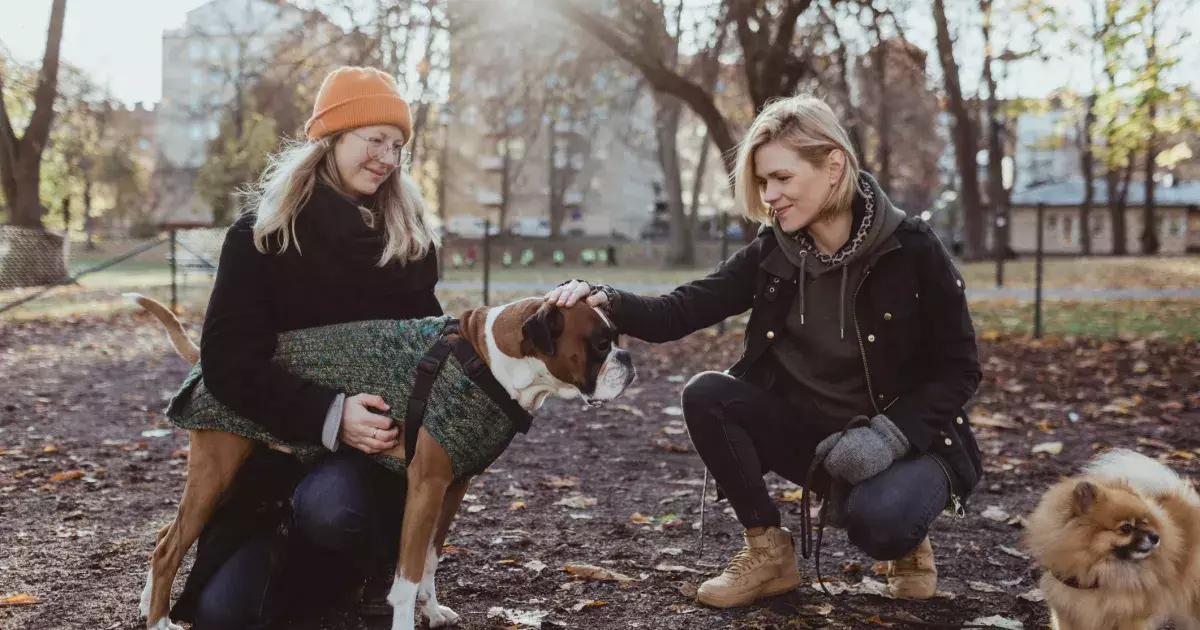Visiting a dog park is an excellent way for both dogs and their owners to socialize and enjoy the outdoors. However, it can also be a setting prone to misunderstandings and conflicts. The first step to ensuring a positive dog park experience is comprehending the dynamics at play. These parks are designed for high-energy interactions, where dogs of varying breeds and temperaments come together. Understanding that each dog is unique, with different reactions to their environment, can significantly improve the experience for everyone involved.
Some dog parks may contain areas designated for smaller or less boisterous breeds, helping to minimize the risk of accidents and altercations among more timid or elderly dogs. As a responsible dog owner, it is your duty to assess the situation upon arrival and choose a spot that aligns with your dog’s temperament. Remember, a friendly, exuberant dog may unintentionally overwhelm a shy newcomer, so introducing your pup slowly to new faces can help set the stage for positive interactions.
One of the essential components of dog park etiquette is communication—both verbal and nonverbal. When you notice other dog parents wandering into the park with children or less-experienced dogs, consider politely alerting them about the energetic nature of your canine companions. Use a friendly tone that invites chat but avoids sounding overbearing. Propose alternative play areas nearby, such as benches or grassy patches, where children can safely engage in play while still being close enough to enjoy the dog park atmosphere.
On the flip side, should a confrontation arise due to aggressive behavior or a scuffle between dogs, handling the situation with poise matters. It’s crucial to refrain from stepping in too assertively unless it is absolutely necessary for safety. If a fellow owner appears indifferent to their dog’s unruly behavior, it’s often best to back away rather than dive into unsolicited advice. If a rapport has been established previously, you could offer assistance in a gentle manner, such as mentioning a reputable trainer or behaviorist.
Accidents are an inevitable part of life in a dog park. Whether it’s an unexpected scuffle or a mess left behind by another dog, knowing how to react can prevent a small issue from escalating into a larger dispute. Say your dog rushes over and gets particularly friendly with another dog’s owner, leaving them with mud-stricken pants. The best course is to acknowledge the situation quickly with a genuine, yet lighthearted, apology while dismissing any inclination to offer dry cleaning reimbursements. This response keeps the mood positive and contributes to a more amicable atmosphere.
Moreover, engaging in futile arguments about the source of messes isn’t productive. Let’s face it—on a busy day at the park, no one relishes the idea of scrutinizing every paw print or dog droppings. Instead, embrace the circumstance with humor, as everyone knows mishaps occur, and trust that dog owners around you have faced similar challenges themselves.
Finally, a dog park serves as an excellent educational platform for both dogs and their owners. Observing various behaviors will help you understand different canine interactions, which can inform your own dog behavior management. If you notice an issue repeatedly arising among particular dogs, consider discussing it with their owners if a friendly connection allows for that kind of dialogue. Fascinating insights and solutions can be exchanged on etiquette or training techniques, leading to a supportive community.
As you become more familiar with the expectations of a dog park environment, encourage consistent training habits for your pup, even outside of these interactions. Regular training sessions can help improve your dog’s social skills and ensure a drop in troublesome behaviors over time.
Navigating a dog park requires a blend of awareness, respectful communication, and humor. By approaching each visit with the understanding that accidents happen and maintaining a positive attitude, you can make the dog park a delightful experience for everyone involved. Keep learning, stay engaged, and most importantly, enjoy the precious moments with your furry friend!

